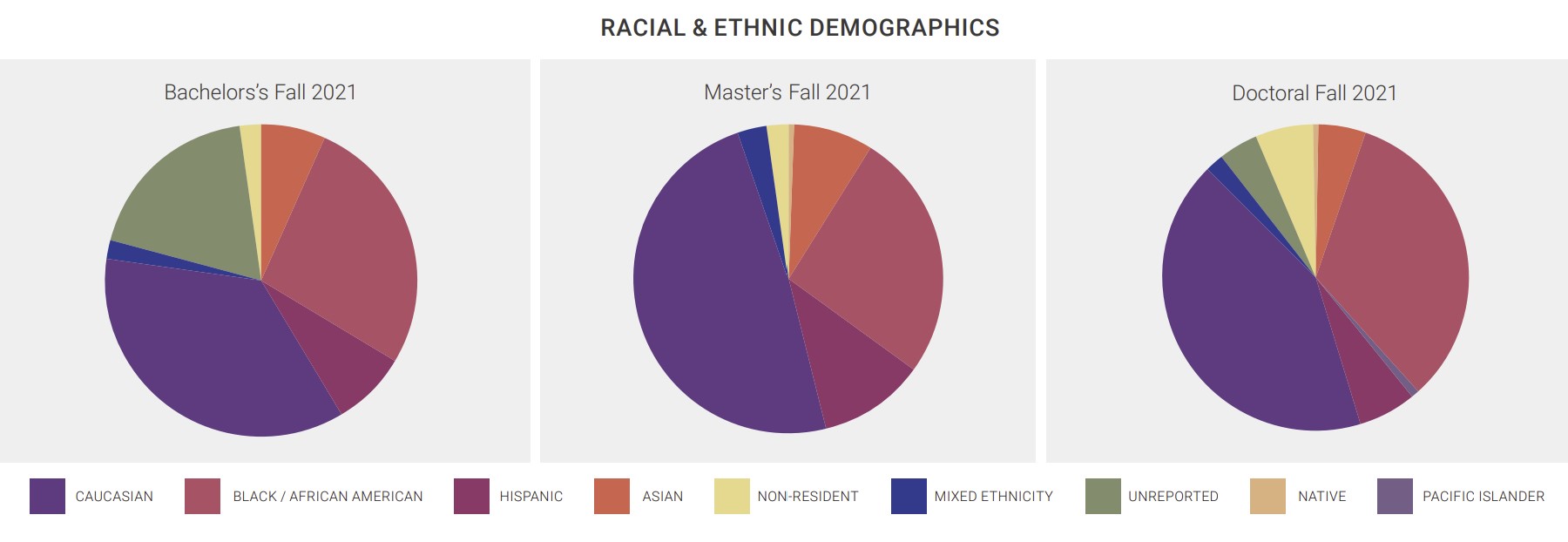Capitol Technology University Dean of Academics, Dr. Mitchell A. Levy, was recently published in the book titled Bridging Marginality through Inclusive Higher Education. His chapter, “#SocialEquityMatters: A Multimodal Approach to Strengthening Student Success Through Innovation,” explores the influences of inclusion and equity in our educational system. Ways to improve inclusive learning and engagement amongst students, faculty, staff, and community are offered, as well as the importance of cross-departmental collaborations in this effort. Dr. Levy’s, and co-author Dr. Bernard A. Polnariev’s, chapter is topical in that it examines the impacts of COVID-19 on educational inclusion, and any disparities made more evident during this time of crisis. Because many underrepresented students who were already confronting significant obstacles saw increased difficulties due to the pandemic, the chapter emphasizes the importance of innovative-thinking and assessment-informed reform of college policies in response to student hardships. Providing the opportunity for administrative flexibility was cited as key to enhancing student success and retention, and best practices for circumventing future intersectional barriers are presented.
This book, as a whole, focuses on historically underrepresented groups and their peers, including African Americans, Hispanic/Latino, Indigenous people, individuals with disabilities, those identifying as LGBTQIA+, undocumented students, and women, and their experiences within organized education. According to the United Nations Educational, Scientific and Cultural Organization (UNESCO), “ensuring that each individual has an equal opportunity for educational progress remains a challenge worldwide,” and the foundation for quality education lies in emphasizing inclusion and equity in our school systems’ policies and programs. Developing well-informed, evidence-based data and literature regarding these institutional policies and necessary changes, as is seen in this book, can help pave the way for more inclusion and equity in American education.
Capitol Tech initiatives are driven by diversity and inclusion amongst its staff and student body. Currently, 66% of Capitol’s undergraduate population is from underrepresented student populations. Demographics based on race and ethnicity are seen below. Initiatives for inclusion and equity are an important part of policy and decision-making within the university.
To learn more about Capitol Tech’s mission, vision, and goals, visit our website.
References:
UNESCO. (2021). Inclusion in education. https://en.unesco.org/themes/inclusion-in-education



